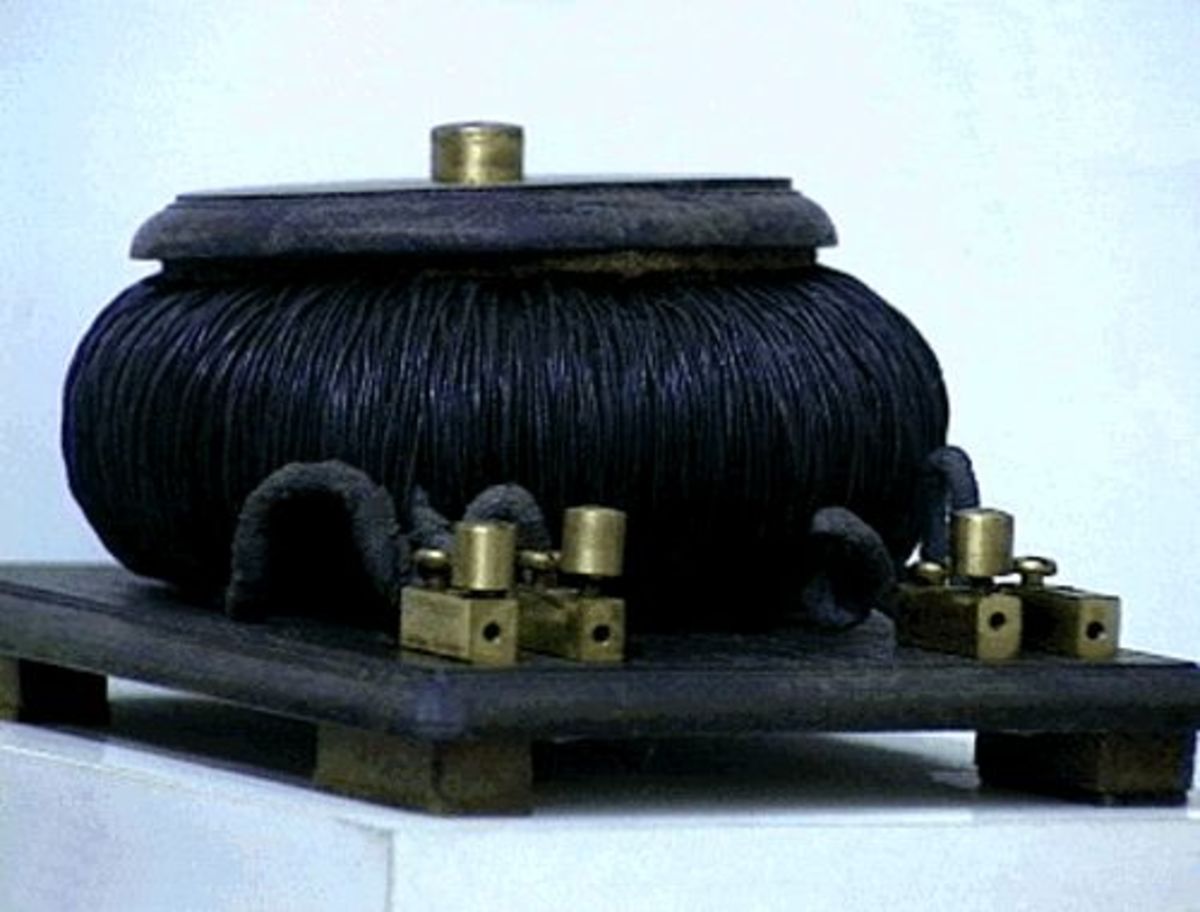Ultracapacitors as batteries

For several years now, I have been toying with the idea of using capacitors, instead of batteries, to store power. During that time, technology has moved on, and "super-capacitors" or "ultra capacitors" have become available. These have a rating of many Farads, and, I thought, should be feasible for the home experimenter to have a play with.
Capacitors have several advantges over rechargeable batteries. They can be charged quickly, hold their charge well, and don't suffer from many of the problems associated with rechargeable batteries.
However, I wanted to be able to do some calculations without going to the expense of buying some just to try out. I wanted to know what I should be able to power, and how long it would be likely to run for. I thought that if I could run a small portable radio for an hour or so at a reasonable cost, it might be worth a try.
Having spent many frustrating sessions on the internet, and looking in books for this information to no avail, I put the idea to one side. I have recently come across this information, and decided to put it here in the hope that others might find it useful.
Please be warned - high value capacitors can be dangerous. They can discharge very quickly - through you! You may suffer a dangerous (even lethal) electric shock from these, even at one or two volts. They do not behave like batteries, where you can safely touch the terminals. Do not attempt to use them without being sure that you fully understand what you are doing. Proceed at your own risk. I can't think how to make this warning any clearer!
If that hasn't put you off, here is the information!
We can use the following formula to convert Farads to Amp hours
(Vmin + Vmax)/2 * F / 3600 = Ah
Vmin & Vmax is the upper and lower voltage. This is the voltage range that your device has to work in. As capacitors "run down" and need charging, their voltage drops, so we have to allow for that. If we assume that we want to power a 3 volt radio, we can guess that it should work happily between 3.5 volts and 2.5 volts. That's what the first part of the calculation allows for;
In our example, (Vmin + Vmax)/2 would be (3.5v + 2.5v) / 2 equals 3 volts.
In the rest of the calculation, F - Farads and
3600 - coulomb, a unit of electrical measure. One amp hour = 3,600 C
Ah - Amp hours ( 1000 mAh = 1Ah)
So we now have 3 * F / 3600 = Ah
Let's say we can get hold of a 3.5 volt 100 F super-capacitor. Using 3 * 100 / 3600 = Ah,
we could expect it to power a device drawing 0.083 amps, or 83 milliamps, for one hour.
What if this wasn't enough? What if we wanted a 3 volt capacitor to power a 3 volt device which drew 250mA for one hour?
We can use the formula "current in amps * 3600 / voltage = capacitance needed in Farads" to find out how big the capacitor needs to be. In this example
0.25 * 3600 / 3 = 300 F
The capacitor would need to be 3v 300F to power a 3 volt device drawing 250mA for 1 hour. Ideally, you should have a capacitor of slightly more than 3 volts to allow for the voltage drop mentioned above.
Information is available to explain how capacitors can be wired in parallel and in series, to get more voltage and capacity (Farads) than from a single capacitor.
Please bear in mind that the above information is intended to help hobbyists and experimenters. Use the information at your own risk! I would be very interested to hear if you find this useful, spot any errors, or if you have done any experiments with ultra caps, or have any suggestions.






